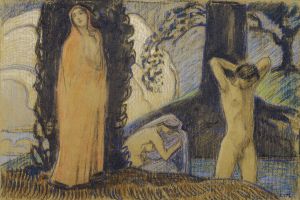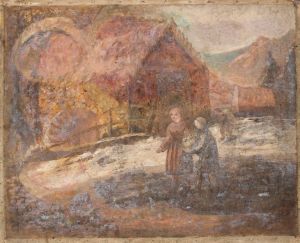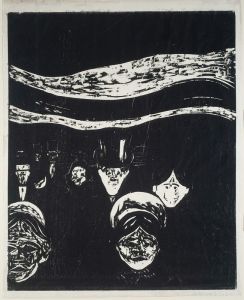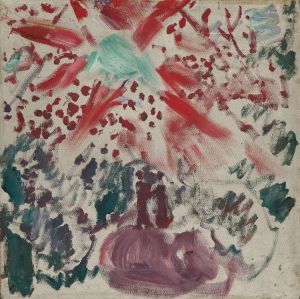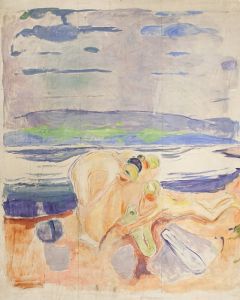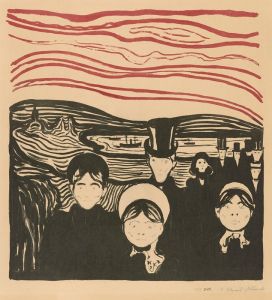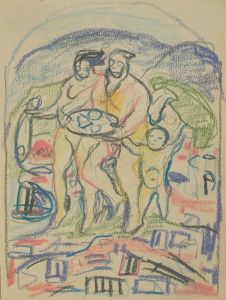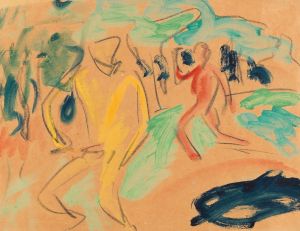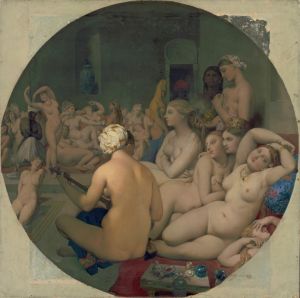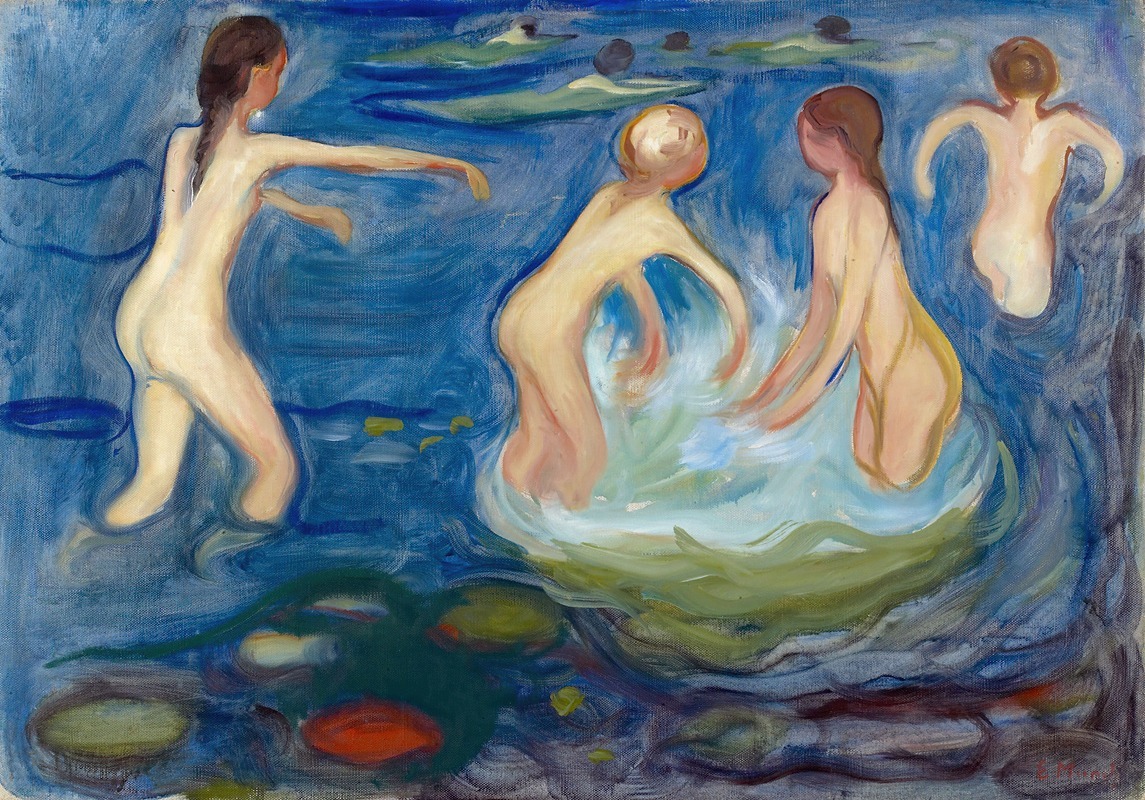
Bathing Girls
A hand-painted replica of Edvard Munch’s masterpiece Bathing Girls, meticulously crafted by professional artists to capture the true essence of the original. Each piece is created with museum-quality canvas and rare mineral pigments, carefully painted by experienced artists with delicate brushstrokes and rich, layered colors to perfectly recreate the texture of the original artwork. Unlike machine-printed reproductions, this hand-painted version brings the painting to life, infused with the artist’s emotions and skill in every stroke. Whether for personal collection or home decoration, it instantly elevates the artistic atmosphere of any space.
Edvard Munch, a Norwegian painter and printmaker, is renowned for his evocative and emotional works that often explore themes of existentialism, love, and death. One of his lesser-known works, "Bathing Girls," is a painting that reflects his interest in capturing the human experience and the natural world.
"Bathing Girls" was created during a period when Munch was deeply engaged with the Symbolist movement, which sought to express ideas and emotions through symbolic imagery. This painting is believed to have been completed in the early 20th century, a time when Munch was exploring various themes related to nature and the human condition.
The painting depicts a group of young girls bathing, likely in a natural setting such as a lake or a river. Munch's use of color and form in "Bathing Girls" is characteristic of his style, with bold brushstrokes and a vivid palette that convey a sense of movement and vitality. The figures in the painting are rendered with a degree of abstraction, emphasizing their connection to the natural environment rather than focusing on individual identities.
Munch's work often reflects his fascination with the cycles of life and the interplay between humans and nature. In "Bathing Girls," this is evident in the way the figures are integrated into the landscape, suggesting a harmonious relationship between the girls and their surroundings. The painting captures a moment of innocence and freedom, themes that Munch frequently explored in his art.
The setting of "Bathing Girls" is typical of Munch's interest in the natural world, particularly the landscapes of Scandinavia. The use of water as a motif in the painting can be seen as symbolic of purification and renewal, common themes in Munch's oeuvre. The girls' interaction with the water may also suggest a rite of passage or a moment of transformation, aligning with Munch's broader exploration of human experiences.
While "Bathing Girls" may not be as widely recognized as some of Munch's other works, such as "The Scream" or "The Madonna," it nonetheless exemplifies his ability to convey complex emotions and ideas through his art. The painting is a testament to Munch's skill in capturing the essence of human life and the natural world, using his distinctive style to evoke a sense of wonder and introspection.
Munch's influence on modern art is significant, and his exploration of psychological themes and innovative use of color and form have left a lasting impact on subsequent generations of artists. "Bathing Girls" is a part of this legacy, offering insight into Munch's artistic vision and his ongoing quest to understand the human experience.
As with many of Munch's works, "Bathing Girls" invites viewers to reflect on their own relationship with nature and the passage of time, encouraging a deeper appreciation for the beauty and complexity of life.







